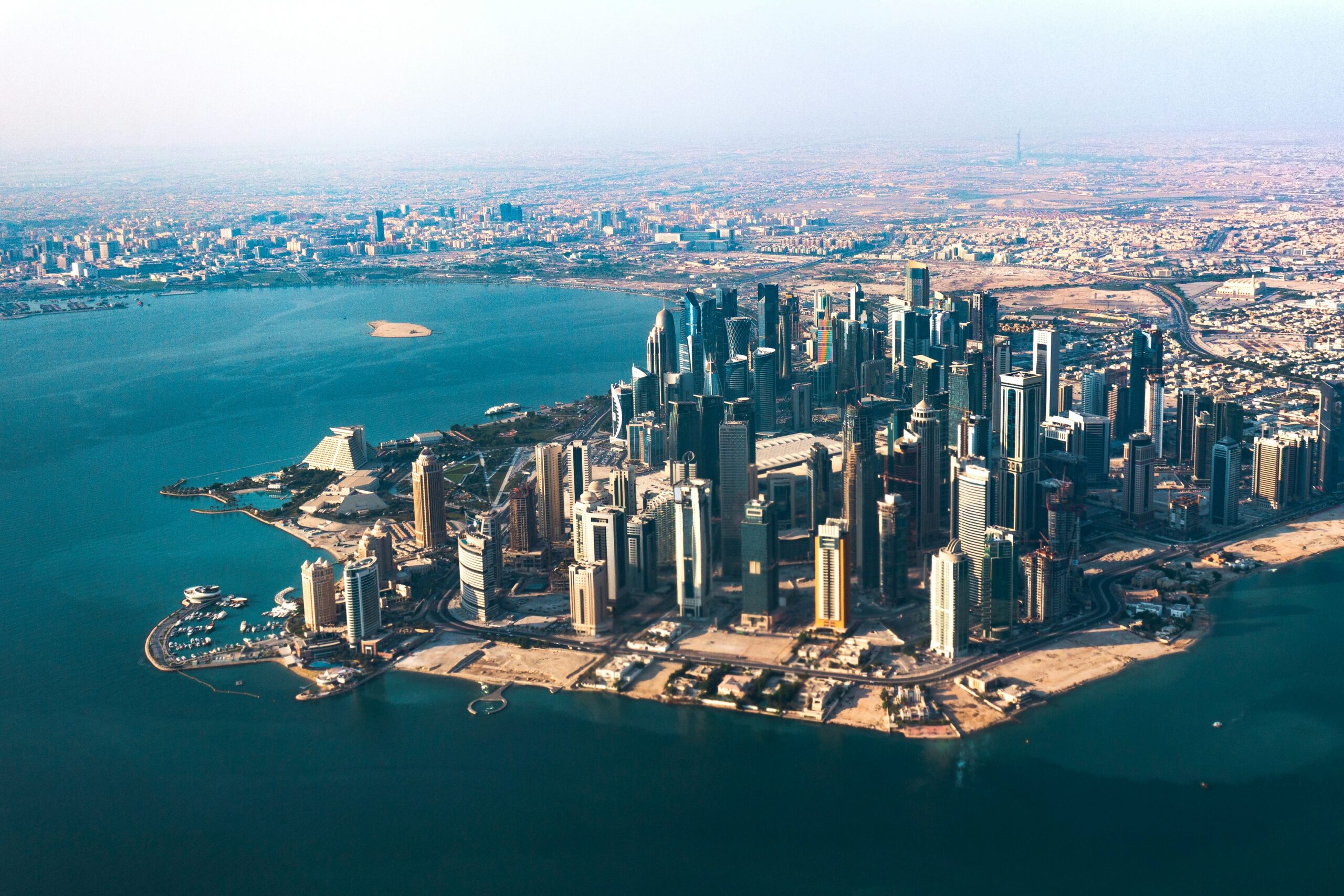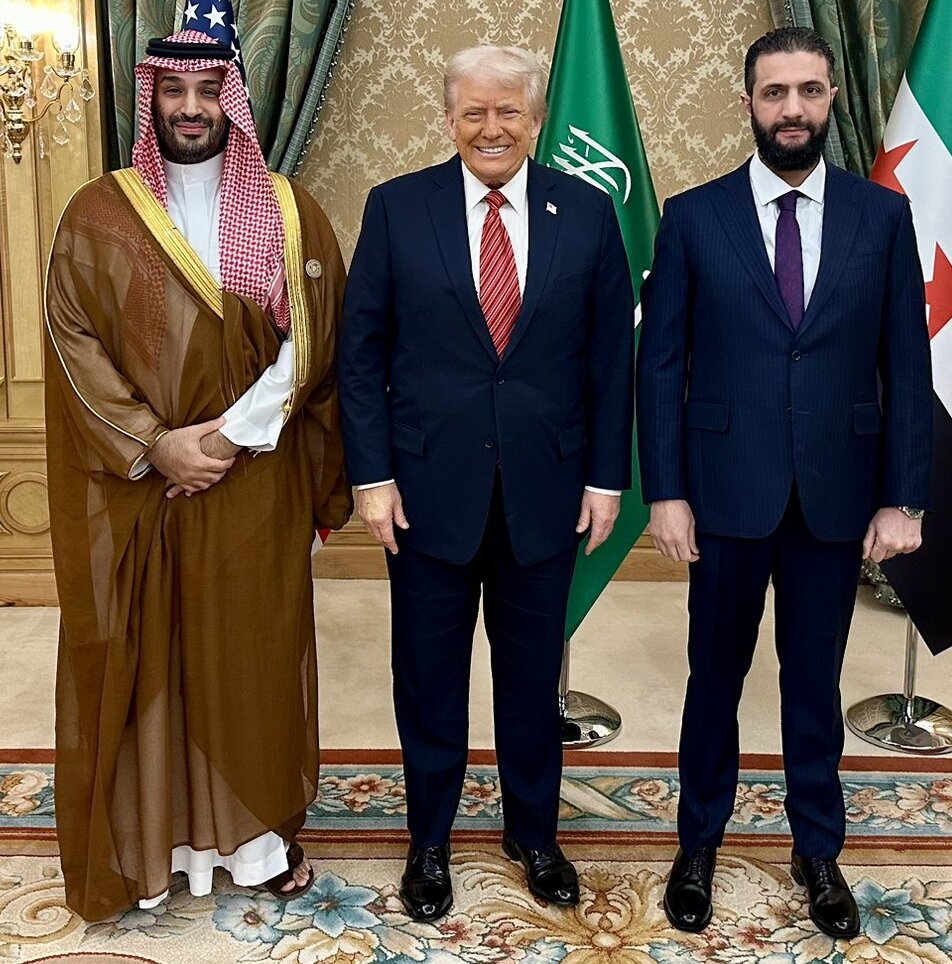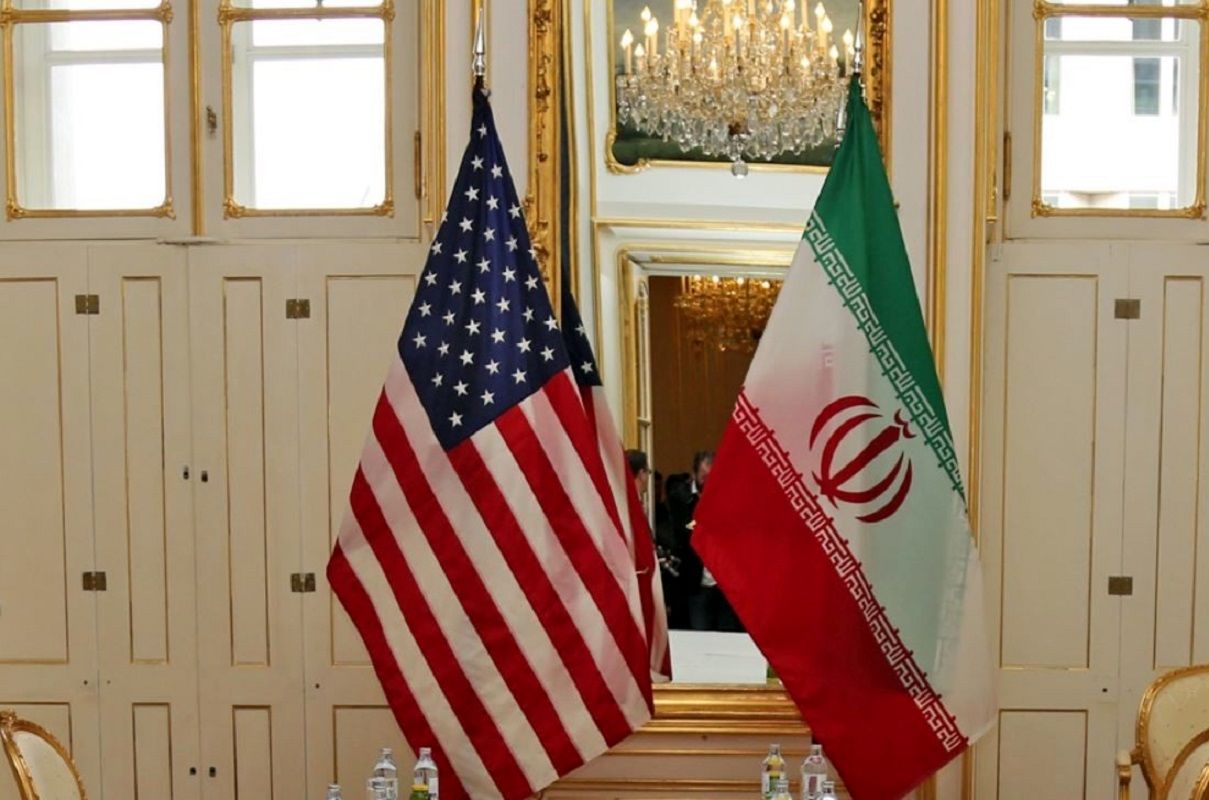The Gulf States, notably Qatar, have redefined their roles by taking a more assertive approach and engaging in conflict resolution. With a strong economic and diplomatic foundation developed over the years, Qatar has emerged as one of the key actors in addressing regional conflicts. By jointly leveraging the strengths of the Gulf States, the establishment of a stable regional order would become more attainable.
Qatar, just as the United Arab Emirates (UAE), has emerged as a prominent actor in the Middle East. Despite its small territory being outlined in many analyses, it can act beyond its limits and prove its significance in matters of utmost importance. Qatar’s attempts to bring antagonized parties to the table highlight its key role in the region, whose politicians help introduce vital solutions to opposing interests of actors involved in the processes. As stated in Article 7th of the Permanent Constitution of the State of Qatar (2003), the “State’s foreign policy shall focus on strengthening international peace and security by promoting the peaceful settlement of global conflicts. This aligns with the State’s commitment to resolving disputes through mediation and dialogue at both regional and international levels”. As can be seen from the principal document, mediation is a pillar of Qatar’s foreign policy. Given that each of the Gulf countries acts in accordance with their potential, status, and national interest, Qatar serves as an intriguing case for further analysis of its role and impact on the region’s affairs. The main question arises: What makes Qatar an influential state that is capable of marking its presence in critical events that determine the future of regional order and security?
From a Small State to an Influential Regional Power
The year of 1995 was a breakthrough moment for enhancing Qatar’s future position in the Middle East. The new leadership under Sheikh Hamad bin Khalifa al-Thani (1995-2013), and later his son, the Emir of Qatar Tamim bin Hamad al-Thani (2013-present), turned out to be a crucial factor in changing the direction of Doha’s rise on the international stage. From being a barely discernible actor, Qatar has become a key player in the events that were soon to take place on the regional political scene. In addition, the new administration took advantage of the opportunities it had to use; abundant natural gas reserves have made the country one of the most prosperous in the world. However, the change in the Gulf geopolitical landscape has also led to increased rivalry with Saudi Arabia and, in the future, the United Arab Emirates. It was the moment when Qatar widened its scope and embarked on a pragmatic and independent path, reaching out to state or non-state actors that were deemed as opponents by other Arab Gulf leaders, such as Iran and Hamas. The choice of strategy is an individual approach, depending on the state’s environment and capabilities. As empirical evidence demonstrates, however, small states have often aligned themselves with larger powers to enhance their security; otherwise, as realists contend, they would be exposed to significant risks. The alliance with the United States, hosting the biggest US military Al Udeid Air Base, and becoming a major “non-NATO ally” mark the importance of this relationship and enhance Qatar’s regional position.
Qatar has a territory of 11,571 km2, and its population in 2023 amounted to 2,65 million. In terms of economic indicators, its GDP reached $213 billion, with GDP per capita amounting to $80,195 in 2023. Qatar also holds a prominent position in the liquefied natural gas industry – its reserves account for 12,4% of the world’s shares. It ranks third, just behind Russia and Iran. According to available data, Qatar’s industrial sector accounts for 65,4% of the GDP in total. Doha is placed 11th in the World Competitiveness Ranking (2024), following the UAE, holding a 7th position. Foreign investments are crucial in the Arab Gulf states’ diversification strategies away from oil and gas, serving as a key driver for innovation, infrastructure development, and the growth of non-energy sectors such as tourism, finance, and technology.
Despite its smallness, Qatar has strengthened its position in several strategic areas, particularly through the use of soft power tools. What enhances a national brand is the quality of national airlines, Qatar Airways, which, in 2024, was recognized for the 8th time as the world’s top air carrier. Holding a strong position in the aviation market, aviation diplomacy, in and of itself, can serve as a valuable tool for strengthening a nation’s image as well as bilateral diplomatic relations. The creation of Al Jazeera in 1996 has become another vital tool for Qatar in covering the major events, incidents, and processes from the region and beyond its borders. Sport has emerged as an impactful branch, and hosting the 2022 World Cup in Doha highlighted its importance in Qatar’s strategy. Finally, much attention has been paid to the mediation efforts that became the pillar of Doha’s foreign policy. This would not be possible without wealth and a specific strategy that the decision-makers in Qatar pursue. Mehran Kamrava points to the hedging strategy that enables the state to maintain open lines of communication with various actors.
Qatar in the Contemporary Middle East Order
The Arab Spring impacted the strategic choices of the Arab Gulf states. Their increased assertiveness, developed in parallel with the change of their foreign policy strategies, was impacted by conflicts in Syria, Iraq, Libya, and Yemen. The sheikhdoms enhanced their security with the aim of protecting their national interests, a move that was especially important during the execution of their strategic national visions. As a result of systemic pressure, particularly in the context of the United States’ uncertain foreign policy toward the Middle East and Iran’s increased activity, regional rivalries intensified, at times reaching a breaking point. Although it mostly ended in exchanges between state leaders, differences in perceptions of the regional order and a regional imbalance of power subjected the situation in the region to a state of uncertainty. Working on peaceful solutions with regional actors was crucial in preventing the Middle East from falling into another series of disputes and conflicts. In this context, the Arab Gulf states, specifically the UAE, Saudi Arabia, and Qatar, soon developed specific ways of dealing with the rising challenges, underscoring their specific roles in the region in accordance with their current capabilities, statuses, and national interests.
For Qatar, there is a broad record of its top diplomats’ presence in mediating efforts. Their activity dates back to 2004, gradually increasing Qatar’s presence in regional conflicts as a third party attempting to mediate. According to Qatar’s Ministry of Foreign Affairs, new ministerial roles were established in 2023, giving more leverage to Special Envoys and other notable members of the Ministry.
It is worth noting two key processes in which Doha was engaged, among many others. The first was the mediation between the Taliban and the United States that led to the signing of the Doha Agreement in February 2020. As reported by Reuters, this was the crucial moment that could have strengthened Doha-Washington relations – the US officials marked Qatar’s importance in their relations and significance in setting a path in a situation that, without the Arab state’s effort, the agreement would have been difficult to achieve.
Qatar, along with Egypt and the United States, played a significant role in brokering a ceasefire deal between Hamas and Israel in January 2025. While the future of the agreement remains uncertain due to the ongoing violations, including continued bombing in the Gaza Strip, the situation illustrates how small states can strategically balance between the parties involved. Doha’s dialogue with non-state actors, such as Hamas, broadened the scope of possibilities in bringing conflicted parties to the table, allowing Qatar to act as a credible mediator where larger powers often face limitations due to political baggage.
Outlook
The Gulf States, including Qatar, reassessed their national interests in response to the evolving regional and international landscape. Their growing assertiveness led to actions that, for states traditionally considered small, were perceived as unusual and beyond conventional capabilities. Qatar, well before the outbreak of the turbulent events in the Middle East, enshrined mediation as a core tool for conflict resolution in its constitution, eventually establishing itself as one of the key regional mediators. These peaceful ambitions were accompanied by internal reforms, such as increasing the competitiveness of Qatar’s economy, expanding financial resources, and investing in strategic areas, including aviation, sports, and media. The resulting prosperity enabled the authorities in Doha to effectively build Qatar’s role as a mediator. It must be noted that the successful implementation of peace is contingent not only on mediators but also on all signatories; however, crucial to this process are the foundations laid for further negotiations and the commitment to respect the agreement. In terms of security, full protection would not have been possible without an alliance with the United States. At the same time, the development of a broad range of soft power tools offers an alternative means of securing Qatar’s position in a neighborhood dominated by larger regional actors. In the contemporary regional order, the prevailing competition in the Gulf is primarily economic in nature, yet it does not preclude joint efforts by the Arab Gulf states to establish peace in the Middle East. Currently, these states have attained unprecedented strength thanks to robust economies, the use of soft power tools, and the diversification of strategic partnerships, paving the way for achieving the awaited stability.


